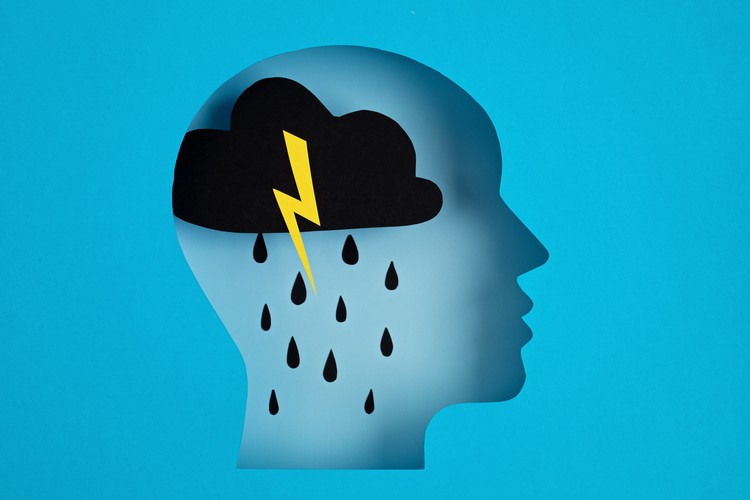In previous studies, researchers have found that ketamine, a strong anesthetic, can help people with major depression. This finding has given hope for the development of new therapeutic options for the treatment of depression. But a recent study, led by researchers at Karolinska Institutet in Sweden, went further and identified new mechanisms to better understand how exactly the drug exerts its antidepressant effect. The work was published on August 11, 2021 in the journal Molecular Psychiatry.
Understanding the effect of ketamine in the treatment of depression
The most commonly prescribed antidepressant drugs can take a long time to relieve the manifestations of depression. Not to mention that more than 30% of the people concerned do not benefit from any appeasement. The need for new types of antidepressants with faster acting and more pronounced effects is therefore significant. The anesthetic ketamine in the form of a nasal spray has been shown to have considerable effects in the treatment of intractable depression.
However, the exact mechanism of action of ketamine remains unclear. However, we know that this type of treatment quickly relieves symptoms of depression as well as suicidal thoughts, but that it presents certain side effects such as hallucinations, delusions and risk of abuse. Alternative drugs are urgently needed. Along these lines, the researchers wanted to decipher the mechanism of action of ketamine in order to find a substance with such a rapid effect, but without side effects.

Through tests in cells and mice, researchers were able to show that ketamine reduced presynaptic activity as well as the persistent release of the neurotransmitter glutamate.
“The high secretion of glutamate has been linked to stress, depression and other mood disorders. So, decreased levels of this neurotransmitter may explain some of the effects of ketamine. “, said Professor Per Svenningsson, one of the authors of the study.
The researchers were also able to observe that ketamine directly stimulates AMPA receptors which are located in the postsynaptic position, that is to say in the part of the nerve cell that receives the signals. This results in an increased release of the neurotransmitter adenosine which inhibits the presynaptic production of glutamate.
References :
Molecular Psychiatry (août 2021) : « Ketamine decreases neuronally released glutamate via retrograde stimulation of presynaptic adenosine A1 receptors », Per Svenningsson et coll.
Karolinska Institutet. « New findings on how ketamine prevents depression. » ScienceDaily. ScienceDaily, 11 August 2021.
–

